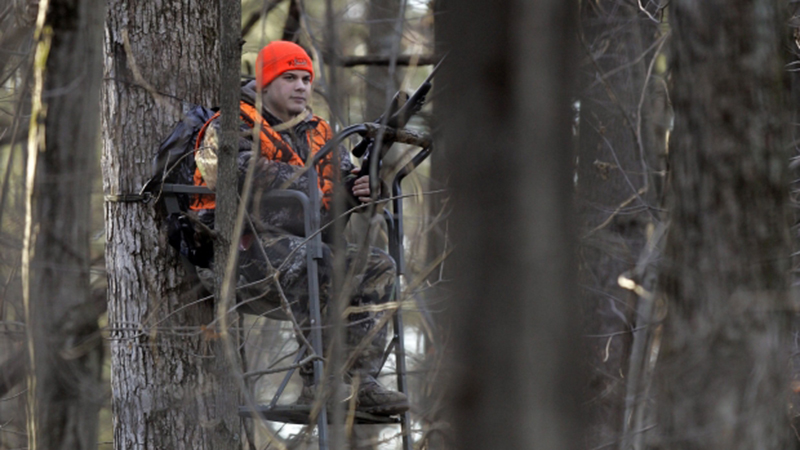
Effects of Human Hunter Movement and Habitat Use on Observation Rate of White-tailed Deer (Odocoileus virginianus)
Graduate Student
- Alyssa Meier
Collaborators
Funding Source(s)
Description:
Hunting is the primary tool for population control for many ungulate species across the United States, including white-tailed deer (Odocoileus virginianus). Previous research has focused primarily on the effects of hunting on prey behavior while neglecting the potential effects hunter behavior has on the probability of harvest success. Hunters make numerous active decisions while hunting that affect their probability of success, such as where to hunt on the landscape and hunting method (i.e. ground-blind, tree-stand, still hunting). Because wildlife managers rely on hunting for population control, it is important to understand and quantify hunter behavior to more confidently meet management goals. In this study, Alyssa examines hunter movement patterns and habitat use and assess how these parameters affect hunter observation rate of white-tailed deer. The information provided by this research project will help educate hunters on becoming more effective and efficient, and inform wildlife managers on methods to more reliably meet harvest quotas.
Objectives
Using hunter observation and location data collected by Little (2011) as well as land cover class information (Webb et al. 2020, unpublished data), Alyssa will:
- Calculate hunter movement parameters, such as step length and velocity, for each hunt.
- Analyze hunter habitat use based on location information and land cover data for each hunt.
- Determine the extent to which hunter movement and site selection influences observation success, defined as the number of deer observed per hour.